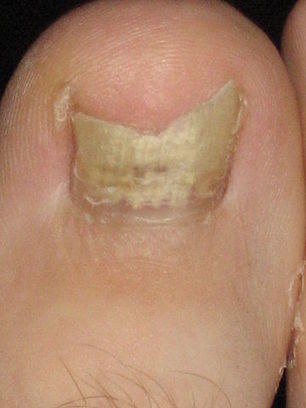
Reference: Kret, M.E., Venneker, D., Evans, B., Samara, I., & Sauter, D. (2021). The ontogeny of human laughter. Biology Letters 17, 20210319.
For many of us, laughter is fundamental to expressing ourselves and connecting with others. Long before babies learn to talk, they laugh. But a baby’s laughter is different than that of an older child or adult. As scientists recently discovered, the laughter produced by young babies actually sounds more like a chimpanzee’s laughter than an adult human’s.
Human laughter is unique among apes, and a challenge for young babies
While humans over the age of two only laugh while exhaling air, non-human apes like chimpanzees often laugh during both exhalation and inhalation. Scientists have proposed that human laughter evolved from this ape-like type of laughter that mixes exhalation and inhalation. But as our ancestors’ social behaviors and communication evolved, so did their…
View original post 578 more words







